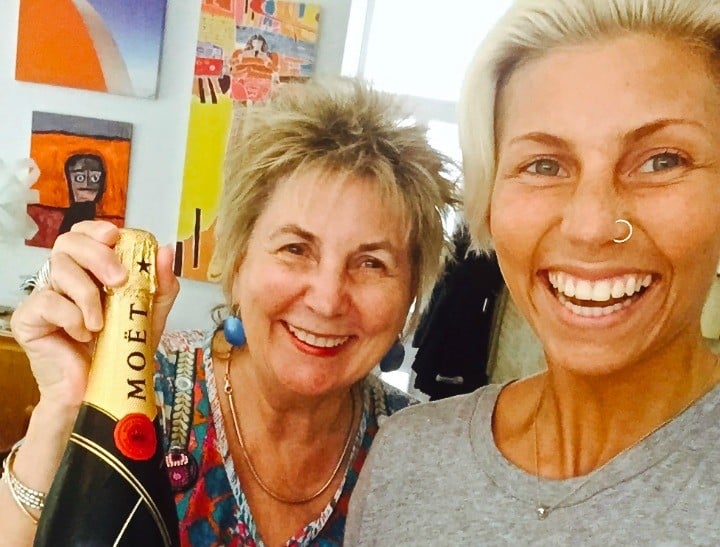
Sylvia Freedman is 23 years old and she has endometriosis. Sylvia’s endo is at stage four – the most severe – and her symptoms are so debilitating, it has effected every aspect of her life.
More than half a million women in Australia have this chronic, incurable, gynecological disease that often results in infertility. It can also force them to abandon their studies, their jobs and their holidays and lands them on the couch or in emergency; and often, when they want babies, in IVF.
In the course of researching the illness, Sylvia’s mother Lesley discovered that Bayer (an International Pharmaceutical company) has produced Visanne; a pill specially developed to alleviate the pain and inflammation of Endometriosis. The catch? It’s not available in Australia because Bayer didn’t think there was enough demand to make it financially viable to import it – even though it’s been approved for use here.
Instead of accepting this, Lesley and Sylvia decided to make some noise, writing posts for The Glow and Mamamia, appearing on The Project and on national radio to promote a petition they started at change.org/bayer to try and convince Bayer to change their mind and introduce Visanne.
Late last year, Bayer agreed to make Visanne available for the tens of thousands of Australian women suffering from endometriosis. Today, that promise is finally becoming a reality.
This is a post from Sylvia about this monumental day:
What an incredible day.
Visanne, the drug Mum and I asked Bayer, one of the biggest pharmaceutical companies in the world, to release in Australia is hitting the pharmacy shelves today.

Top Comments
Anyone elses Dr talk about side effects? My Dr refuses to give me a prescription for this because he said the side effects far outweigh the benefits. I find that hard to believe?!
Is there any information on side effects of this drug? I've been suffering from endo for 10+ years. I've had a total of 7 surgeries related to endo, some for removing cysts and adhesion some for IVF egg pick ups and eptopic pregnancies. I've lost 8 IVF babies. Since my husband left, I've given up on being a mum, but I still live with the disease. My gyno put me on a drug last year to send me into early menopause. The side effects of that were so unbearable I decided to just 'live with' the endometriosis.